In the bustling workshops of 19th-century Europe, where industrialization and artistic ambition collided, an unlikely inventor forever changed the landscape of music. Adolphe Sax, a Belgian instrument maker born in 1814, would bridge the gap between military precision and lyrical expression with his revolutionary creation—the saxophone. This was no incremental improvement but a radical reimagining of sound itself, born from the mind of a man who understood both the physics of acoustics and the soul of melody.
The son of a renowned instrument designer, Sax grew up surrounded by the whir of lathes and the scent of aged wood. His father, Charles-Joseph Sax, held royal appointments as an instrument maker and passed on his craftsmanship to the young Adolphe. By his twenties, Sax had already redesigned the clarinet and bass clarinet, earning recognition—and envy—among Parisian musicians. But his restless creativity sought something bolder: an instrument that could blend the power of brass with the agility of woodwinds, capable of soaring over orchestral textures or whispering intimate solos.
What set Sax apart was his dual expertise as a military band specialist and a virtuoso clarinetist. While stationed with Dutch regiments, he observed how traditional instruments struggled to project sound across battlefields. Brass instruments dominated volume but lacked nuance; woodwinds offered tonal color but faded in open air. This practical challenge merged with artistic vision during Sax’s 1841 move to Paris, where he immersed himself in the city’s vibrant musical debates about timbre and expression.
The prototype that emerged in 1842 defied categorization. Constructed from brass with a conical bore like an ophicleide but played with a single reed like a clarinet, the saxophone’s hybrid design produced a tone unlike anything heard before. Sax patented his "système Sax" in 1846, covering eight variations from sopranino to contrabass. The instrument’s immediate adoption by French military bands proved its acoustic superiority, but conservative orchestras resisted. Hector Berlioz, however, became an ardent champion, praising its "vibrations bordering on echo" in his influential Journal des Débats.
Behind the saxophone’s smooth curves lay years of acoustic experimentation. Sax discovered that widening the bore’s taper at precise intervals enhanced harmonic resonance, while the upward-flaring bell optimized projection. His choice of brass (unusual for reed instruments) allowed mass production while enabling players to alter timbre through embouchure—a flexibility impossible with rigid wood. These innovations created an instrument equally at home in raucous marching bands and delicate chamber ensembles.
The saxophone’s journey from workshop curiosity to cultural icon faced relentless opposition. Rival instrument makers, threatened by Sax’s patents, launched legal battles that drove him into bankruptcy twice. Critics dismissed the saxophone as a "musical gadget" lacking classical pedigree. Yet by the 1860s, French composers like Jules Massenet and Ambroise Thomas began writing orchestral parts for it, seduced by its vocal qualities. Its true destiny, however, awaited the 20th century when jazz musicians liberated its expressive potential, transforming Sax’s military brainchild into the voice of modernity.
Today, the saxophone stands as a testament to cross-disciplinary innovation. From the workshops of Dinant to the streets of New Orleans, its story mirrors the evolution of modern music itself—a blend of engineering precision and artistic rebellion. As jazz legend Charlie Parker once remarked, "The saxophone isn’t just an instrument; it’s a language." And like all great languages, it was invented by someone who dared to speak before the words existed.

By /Jun 6, 2025

By /Jun 6, 2025
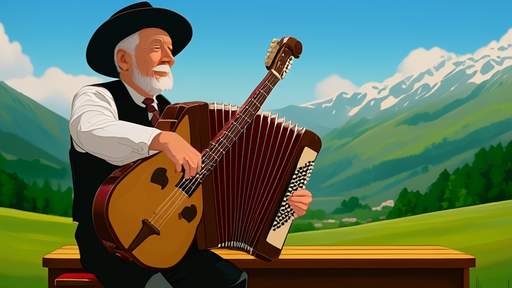
By /Jun 6, 2025

By /Jun 6, 2025

By /Jun 6, 2025
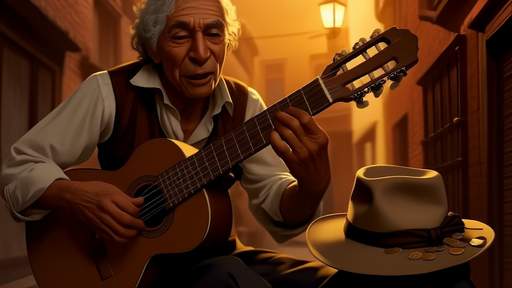
By /Jun 6, 2025
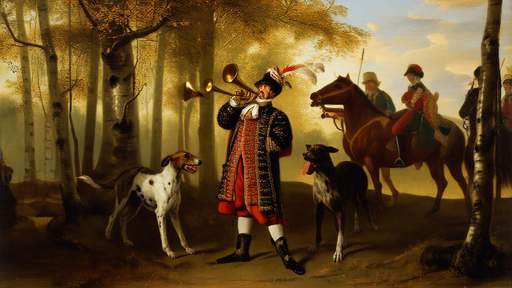
By /Jun 6, 2025

By /Jun 6, 2025

By /Jun 6, 2025
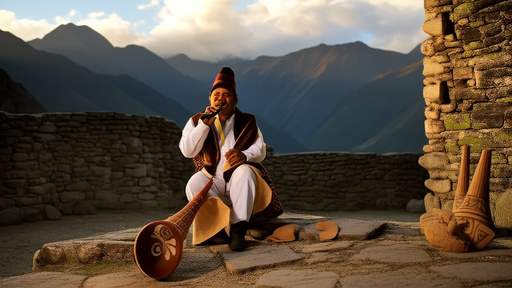
By /Jun 6, 2025

By /Jun 6, 2025

By /Jun 6, 2025

By /Jun 6, 2025

By /Jun 6, 2025
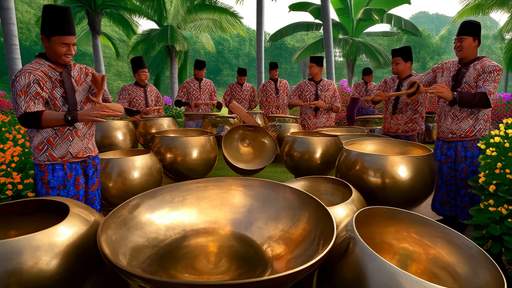
By /Jun 6, 2025
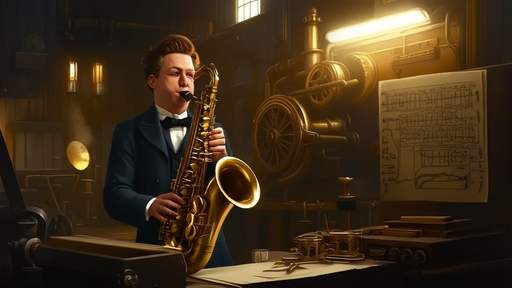
By /Jun 6, 2025
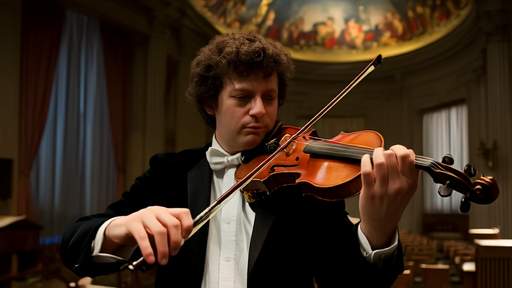
By /Jun 6, 2025

By /Jun 6, 2025

By /Jun 6, 2025
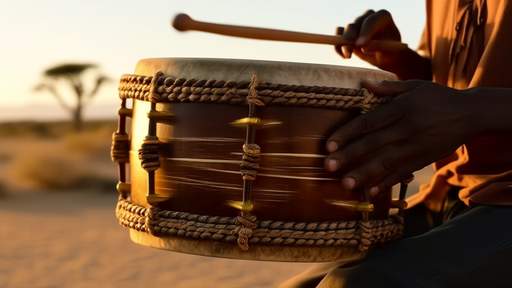
By /Jun 6, 2025